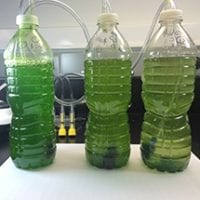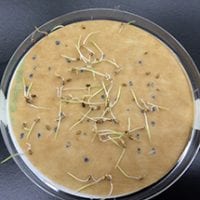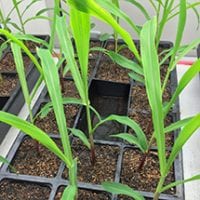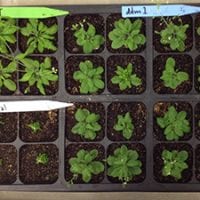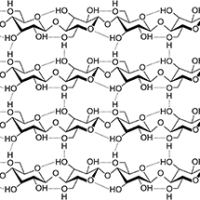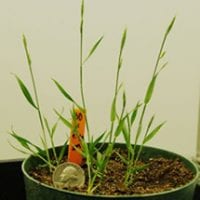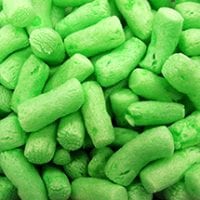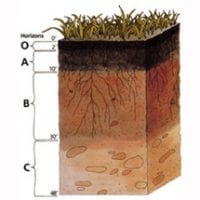BTI-Developed Lessons
Algae to Energy: Optimizing Systems
Description: Algae are a promising source of liquid biofuel, and growth systems must be optimized for sustainable production.
Key Content Areas: Bioenergy, Biotic and Abiotic Interactions, Scientific Inquiry, Genetics, Engineering, Climate Change
Biofuel Bumper Crop: How Much Does Environmental pH Matter?
Description: Switchgrass can be grown to create bioethanol and scientists are working to understand which varieties will grow best under varying environmental conditions to optimize yields.
Key Content Areas: Bioenergy, Biotic and Abiotic Interactions, Scientific Inquiry, Natural Variation, Climate Change
Beet Armyworm Invasion: Can Plants Fight Back?
Description: Some plants can defend themselves from insect damage better than others and researchers want to understand how this occurs.
Key Content Areas: Biotic and Abiotic Interactions, Agriculture, Food Production, Scientific Inquiry, Evolution, Natural Variation, Climate Change
Discovering Epigenetics: It’s a bal!
Description: Epigenetic traits are heritable characteristics that are not due to changes in gene sequence.
Key Content Areas: Genetics, Heredity, Evolution
Teacher-Developed Lessons
Biomolecules and Biofuel
Contributor: Laura Penman – Monroe Community College
Description: Biofuels will create a wealth of new jobs in biology, chemistry, agriculture, machinery, transportation, and business.
Key Content Areas: Enzymes, Biofuels, Chemical Reactions, Scientific Method
BrachyBio! Mutant Plants
Contributor: Kelly Mackey – Islip High School
Description: Mutated Brachypodium plants illustrate the evolutionary concepts of random mutation, variety, and the adaptive value of new traits.
Key Content Areas: Living Environment, Genetics, Heredity, Evolution, Natural Variation
Environment and Art
Contributor: Sarah Moore – Bronx Guild High School
Description: Through art, students explore the flora and fauna that surrounds them.
Key Content Areas: Ecosystems, Food webs, Interdependence of living things
Packing Peanut Density
Contributor: Kim Lacelle – Wheatland-Chili School District
Description: Packing peanuts can be made from sustainable sources like cornstarch.
Key Content Areas: Scientific Inquiry, Mathematical Analysis, Bioproducts, Environment, Sustainability

